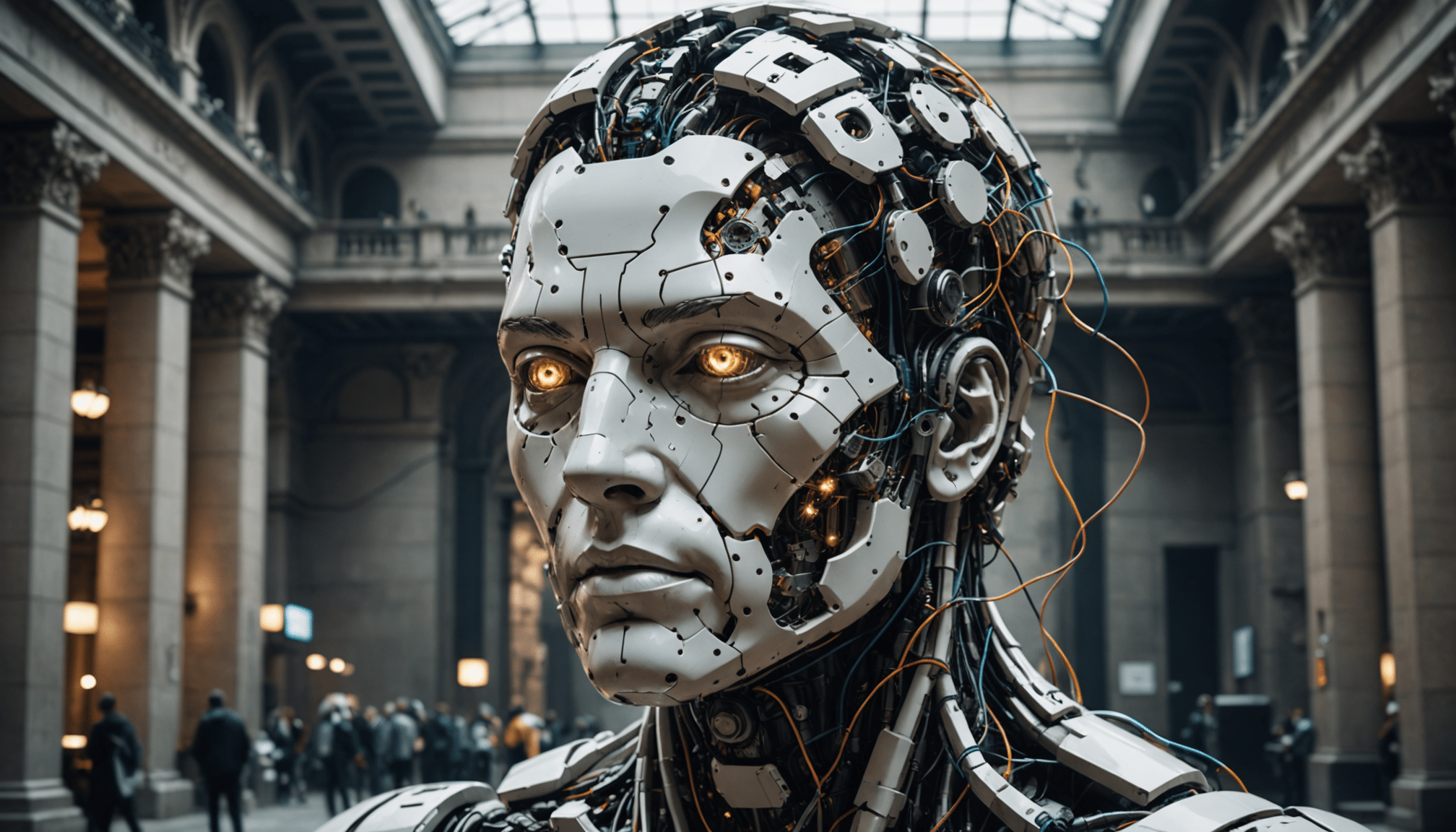In the dazzling universe of Generative AI, the mantra « bigger is better » has been as popular as the latest celebrity gossip. However, cracks are starting to show in this once glossy façade. As AI developers battle for digital supremacy with their ever-growing models, the industry is starting to realize that while size does matter, it might not deliver those dreamlike advancements everyone was hoping for. Is it time to reflect and ask if too much of a good thing isn’t just, well, too much?
In the world of Generative AI, the longstanding belief that bigger models equate to better performance is being debunked. With the anticipated release of Orion, OpenAI’s upcoming model, the industry is realizing that simply increasing model size no longer guarantees enhanced capabilities. Researchers from prominent organizations like OpenAI and Google are exploring efficiency over sheer scale due to the limits of data availability and the impracticality of infinite growth. This shift in strategy foregrounds a new era where smarter, rather than larger, might be the key to AI improvements.

Table of contents
Togglethe myth unraveling: bigger isn’t always better
Generative AI has often been shackled to the notion that bigger equates to better performance. This incredulous belief has led companies like OpenAI to pump iron into their models, thinking they’re on a Rocky Balboa training montage. But now, industry experts are raising eyebrows, and not simply as a Botox side effect. They’re questioning whether we truly gain from scale alone or if this growth spurt is hitting a glass ceiling that even Tom Cruise couldn’t stand on to appear taller. With resources growing scarce and energy bills escalating like they’re on a rollercoaster without a safety harness, the race to create ever-larger models could soon find itself in a footrace with Usain Bolt’s tortoise.
the quest for efficiency tops biceps size
In the pursuit of generative AI’s next heavyweight champion, some contenders are redefining what it means to win the belt. Companies like Google and OpenAI are exploring new strategies to boost efficiency without the need for models to start their own dedicated gym franchises. From optimizing during inference to employing novel methods like sparse autoencoders, it’s becoming clear that brains might just be more valuable than brawn. As companies focus on functionality, they are realizing that their largest models may not always be ready for a rock ’em sock ’em showdown and may wind up simply shadow boxing.
navigating resources and hurdles
Textual resources are drying up like the last slice of pizza at a teenager’s sleepover, forcing companies to rethink how they train and maintain these AI behemoths. With the trend of data-hogging showing no signs of slowing, researchers are grappling with the challenge of utilizing fewer data palettes while painting masterpieces of innovation. The scarcity of quality data throws a wrench into the machinery, and it begs the question: Can the vast models survive or will they be left grappling for crumbs? As they say, it’s not the size of the model that counts, but how you use it. Meanwhile, a nod must be given to trailblazers engaged in the fascinating debate detailed in this analysis: breaking down AI myths. With insights on the inaccuracy of generative AI provided here, how accurate is generative AI?, further illuminating these critical industry challenges.













